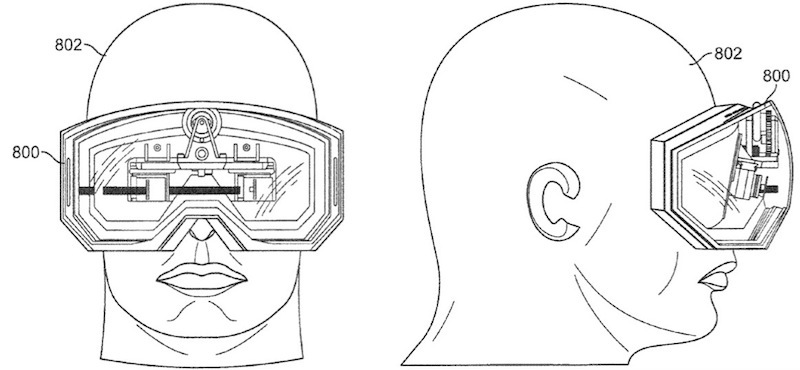Will your Apple Mac support the rumored Apple AR headset?

Did you know that Apple is working on its own version of Microsoft HoloLens?
The rumor has been in circulation since November 2017, and the new device codenamed T288, still has no official name, alleged or otherwise, and is expected to feature 8K optic displays, powered by a processor most likely faster than anything Apple has developed so far.
Considering that 8K resolution is considered overkill even for the most luxurious home theater television sets, an incredibly fast processor is necessary, to push the amount of pixels required by AR and VR applications, while guaranteeing a smooth enough refresh rate so as to avoid embarrassing consequences to users with a weaker stomach, likely more susceptible to VR sickness.
For those hoping for an untethered device like HoloLens, Apple has already divulged to CNET that such setup will not likely happen, as the computational power and quality expected by the headset will require a separate box, which will share not only processing power, but also sensor tracking devices, rumored to feature 60GHz WiGig capable signal. This type of technology will not require satellite sensors, like Oculus Rift or HTC Vive image-tracking cameras. If that is true, the tracking quality of the headset will be heavily reliant on wireless signal, and will allow for room-scale experiences, without the burden of having to setup external sensors, and with a much more accurate boundary system, to keep users from bumping into invisible walls or furniture.
The main CPU powering the system, is rumored to feature 5 nanometer technology, currently half the size of the latest iPhone X, manufactured by TSMC.
Much like other Apple devices like the Apple Watch and Apple TV, the new headset will run on a custom version of iOS, allegedly named rOS, which we can only speculate to stand for “realityOS”.
T288 will likely stand apart from other Apple devices, as the traditional Apple design featuring a signature low profile and thinness, won’t be practical for a headset that will come with a considerable bulk to it, along with a sizable tower-like satellite system.
The big question is whether or not this extra hardware required by the headset will be the sole requirement, or whether future Macs will incorporate the ability to power T288 as well, so as to cut the cost of the device, and make it more accessible.
AR and VR are no longer a luxury, and headsets are considerably cheaper than they used to be, and feature far more processing power and image quality, with every new generation.
The timetable for the headset has been set tentatively for 2020, which is ample time for Apple to come up with the necessary tech to backup all of the above extraordinary claims, especially the 8K display resolution per eye.
One important clue on the likelyhood of such device to actually happen, is the much more concrete and realistic plan to create a new reboot of the Apple Mac Pro, powered by Apple’s very own proprietary ARM-based processor.
Apple has been making some pretty ambitious claims in the past few months, most of them intercepted as rumor, by some very reliable sources, ranging from KGI Securities, to Bloomberg.
With that said, of all things Apple, only time will tell.
Ready to shop?
Looking for the most powerful desktop created by Apple? PortableOne is where you can buy the All-New Apple iMac Pro a production powerhouse for high-end creative professionals, with endless possibilities, and unprecedented specs.